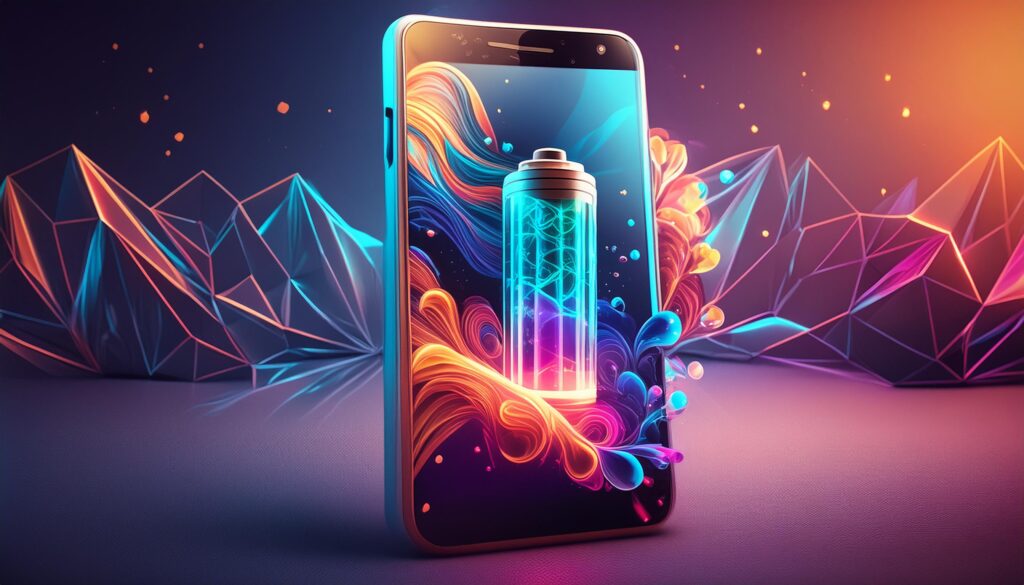
When it comes to smartphones, one of the pivotal components that determine usability and longevity is the rechargeable battery. These batteries are the lifeline of our devices, providing the necessary power to keep them running throughout the day. In this article, we delve into the different types of rechargeable batteries commonly used in phones, their characteristics, and how they impact overall performance.
Lithium-ion (Li-ion) Batteries: The Standard Choice
Overview: Lithium-ion batteries are the most prevalent type found in modern smartphones. They offer a good balance of energy density, weight, and longevity, making them ideal for portable devices.
Advantages:
- High Energy Density: Li-ion batteries pack more energy into a smaller size, allowing for thinner and lighter phone designs.
- Longer Lifespan: They typically last longer than other battery types when properly maintained.
- Fast Charging: Li-ion batteries support rapid charging technologies, minimizing downtime.
Considerations:
- Degradation: Over time, Li-ion batteries can experience capacity loss, affecting overall battery life.
- Safety Concerns: While generally safe, improper handling or damage can lead to overheating and potential hazards.
Lithium Polymer (Li-Po) Batteries: Thin and Flexible
Overview: Lithium Polymer batteries are a variant of Li-ion batteries but with a different electrolyte composition. They are commonly used in smartphones where thinness and flexibility are prioritized.
Advantages:
- Slim Design: Li-Po batteries can be shaped to fit the device’s form factor more efficiently than traditional Li-ion cells.
- Lightweight: They are lighter than equivalent Li-ion batteries of the same capacity.
- Safe Usage: Li-Po batteries are generally safer due to their robust design against physical damage.
Considerations:
- Energy Density: Li-Po batteries may have slightly lower energy density compared to standard Li-ion batteries.
- Cost: Manufacturing Li-Po batteries can be more expensive, which may impact the device’s overall cost.
Nickel Metal Hydride (NiMH) Batteries: Rare in Smartphones
Overview: While not common in smartphones anymore, NiMH batteries were once used in older models due to their lower cost and stability.
Advantages:
- Cost-Effective: NiMH batteries are less expensive to manufacture compared to lithium-based batteries.
- Stable Performance: They offer stable performance throughout their lifespan.
Considerations:
- Lower Energy Density: NiMH batteries are bulkier and heavier for the same capacity as Li-ion or Li-Po batteries.
- Memory Effect: They are susceptible to memory effect if not properly maintained, impacting overall performance.
Solid-State Batteries: The Future Prospect
Overview: Solid-state batteries represent the next frontier in battery technology, promising even higher energy density and improved safety compared to current options.
Advantages:
- High Energy Density: Solid-state batteries can potentially offer significantly higher energy density than Li-ion batteries.
- Enhanced Safety: They are less prone to overheating and have lower risk of fire hazards.
Challenges:
- Development Stage: Solid-state batteries are still in the research and development phase, with commercial viability and scalability being key challenges.
- Cost: Initial production costs are high, which may delay widespread adoption in consumer electronics.
Conclusion
Understanding the different types of rechargeable batteries used in smartphones provides valuable insight into their performance, longevity, and safety. As technology evolves, manufacturers continue to innovate, striving for batteries that offer longer life, faster charging, and improved reliability. Whether you prioritize thin design, rapid charging capabilities, or overall longevity, choosing the right battery type plays a crucial role in enhancing your smartphone experience.
Stay informed about the latest advancements in battery technology to make informed decisions when upgrading or purchasing your next smartphone. For more insights on mobile technology trends and comparisons, continue exploring our articles and guides.